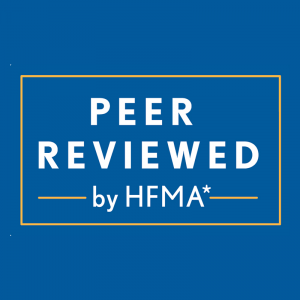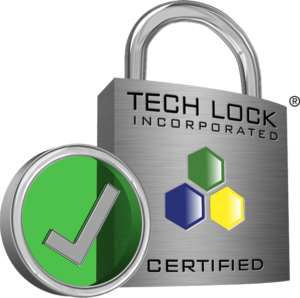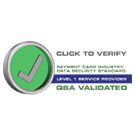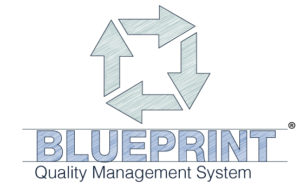Declining revenues and reimbursements, the increasing complexity of cash recovery, and rising patient balances have forced revenue cycle teams to rely more heavily on third-party collection agencies to cut costs and drive collections.
1). Compare Vendor Performance
Great outsourcing relationships are built upon a foundation in data that all parties agree is accurate. Providers should establish common data definitions across all vendors and standard, network-wide performance measures and metrics. These measures should also be specific to the vendor type. This reduces ongoing IT costs and gives business office teams a view that puts everyone on the same basis. All data should be comparable at a high-level summary and a detailed drill-down account level.
2). Measure Outcomes As Well As Processes
As the saying goes, “You can’t manage what you don’t measure.” Measures include both collection data – what cash was collected, what adjustments were made – and work process information – what letters were sent, what calls were made, what promises were received. Measuring in-process activities helps to prevent issues in the future and ensures everyone is working in alignment with expectations.
3). Reduce the Risk of Lost Accounts
As many as 20% of accounts sent to an outsourcer will require some subsequent follow up or approval by business office personnel. Common situations that require communication include requests for additional documentation, early recalls, finding new insurance coverage, and alerting the provider that a patient is deceased or bankrupt. With this volume of back and forth, providers and vendors must standardize and document the process for each type of exception – who does what, when and where it goes next. Business offices operating with undocumented processes experience more issues when employees turnover, business mix changes or new processes are introduced.
4). Establish Clear and Comprehensive Policies and Procedures
Give agencies and business office operators clear boundaries of what is and is not acceptable. This improves alignment, reduces the risks from different interpretations and enables early detection of issues. Employees and outsourced partners perform better if ground rules and expectations are clearly defined. There is a lot more to policies and guidelines than simply placement timelines and contract terms – consider collection tactics, dispute resolution, recall extensions, settlement limits, payment plan guidelines and similar areas.
5). Reconciliation is Not Optional
Without comprehensive and regular inventory reconciliation 10-15% of inventory held at vendors is typically inconsistent with provider records. The most frequent disconnects are the balance on an account, which agency is working an account and if the account is active. Inventory errors create financial control and integrity issues and opportunities for inappropriate collection efforts.
6). Vendors and Providers Share Problems and Opportunities
Even when using outsourcing partners there are upstream elements that the provider still owns and manages. For example, changes at patient access can impact data integrity months later for accounts assigned to bad debt agencies. A collaborative attitude to identifying and solving problems reveals all sorts of benefits.
The upside is greater than you expect and keeps on growing. Providers committed to improve outsourced operations are realizing up to a 30% increase in net recovery, resource savings and compliance improvement. Outsource partners experience more loyal clients and better revenue opportunities. Benefits build over time, starting in small ways like lower error rates and fewer stalled accounts and building to more cash an better efficiencies.
7). Technology is Critical for Communication, Collaboration and Control
With thousands of accounts moving between organizations, purpose-built technology is a must. Without the right technology it is virtually impossible to efficiently monitor a single agency’s performance, collection activity, and policy compliance, to track exceptional requests, to maintain reconciliation and to audit invoices. Go from one vendor to multiple and the management challenge grows exponentially. Look for technology that is able to provide “dashboard” views into all activity and flags noncompliant activity. Efficiency starts here. We can help you optimize your outsourced vendor performance. To learn how, contact Connance today. Visit www.connance.com
About State Collection Service, Inc.
Since 1949, State Collection Service has provided quality collection service to countless healthcare organizations.
Through experience and innovation, State Collection Service has grown to become a tremendously credible and nationally-recognized collection agency offering services from pre-registration to bad debt. It is upon the basis of ethical behavior and a dedication to integrity that each State Collection Service employee works to uphold the company’s vision – Partnerships for a Lifetime.
*This article first appeared in “A State Collection Service, Inc. Newsletter Volume 24, Issue 2, Second Quarter 2018”














